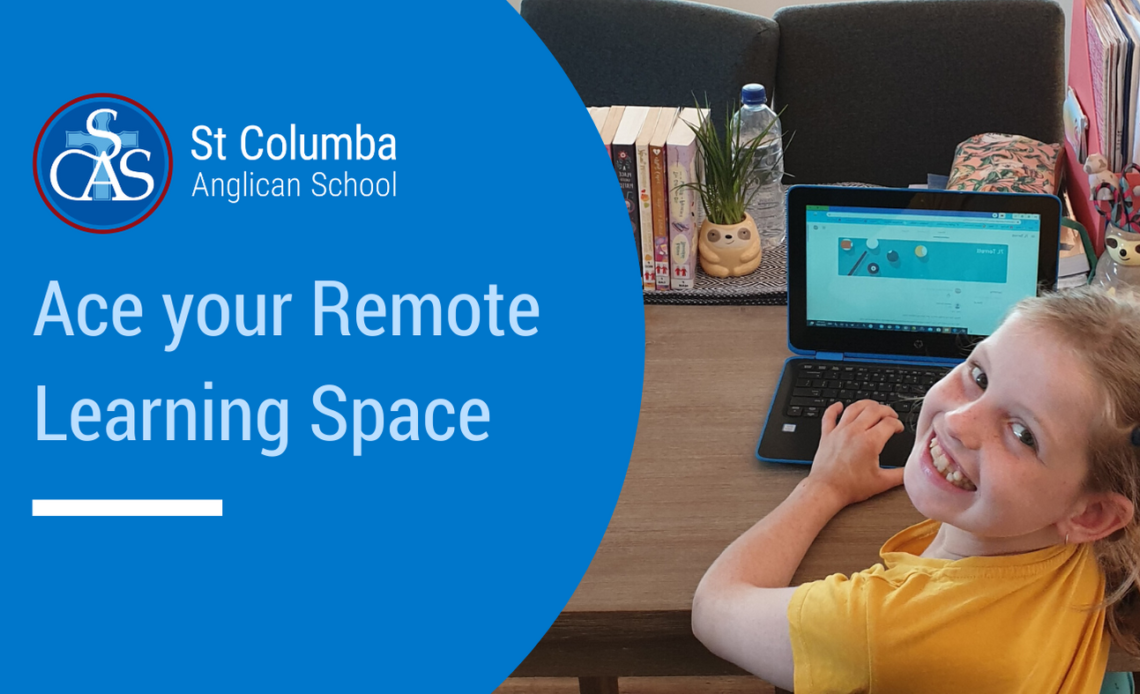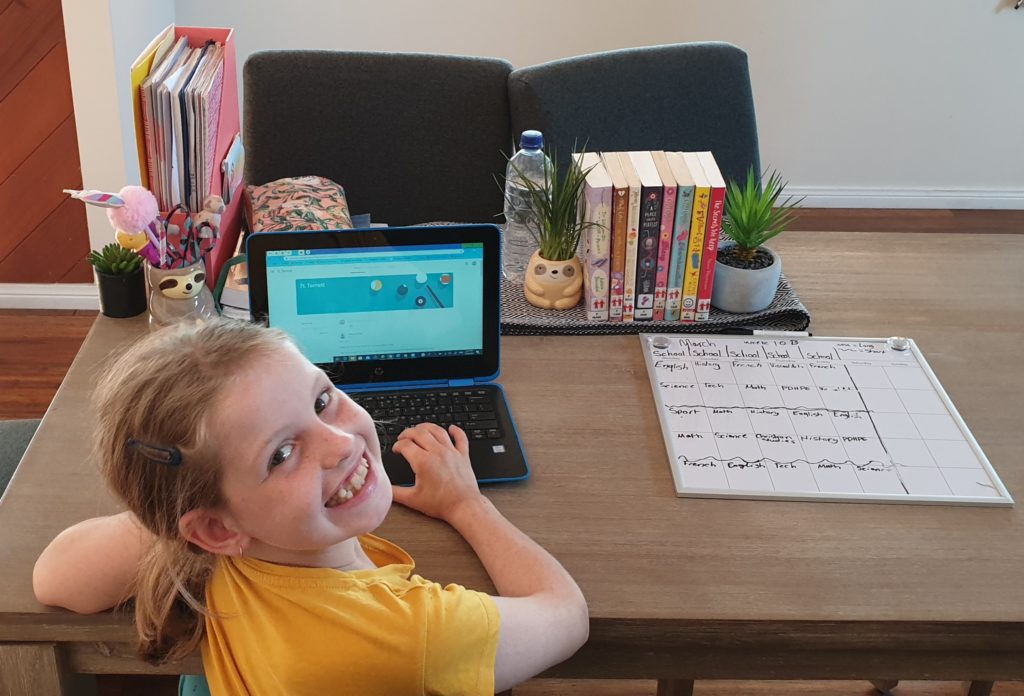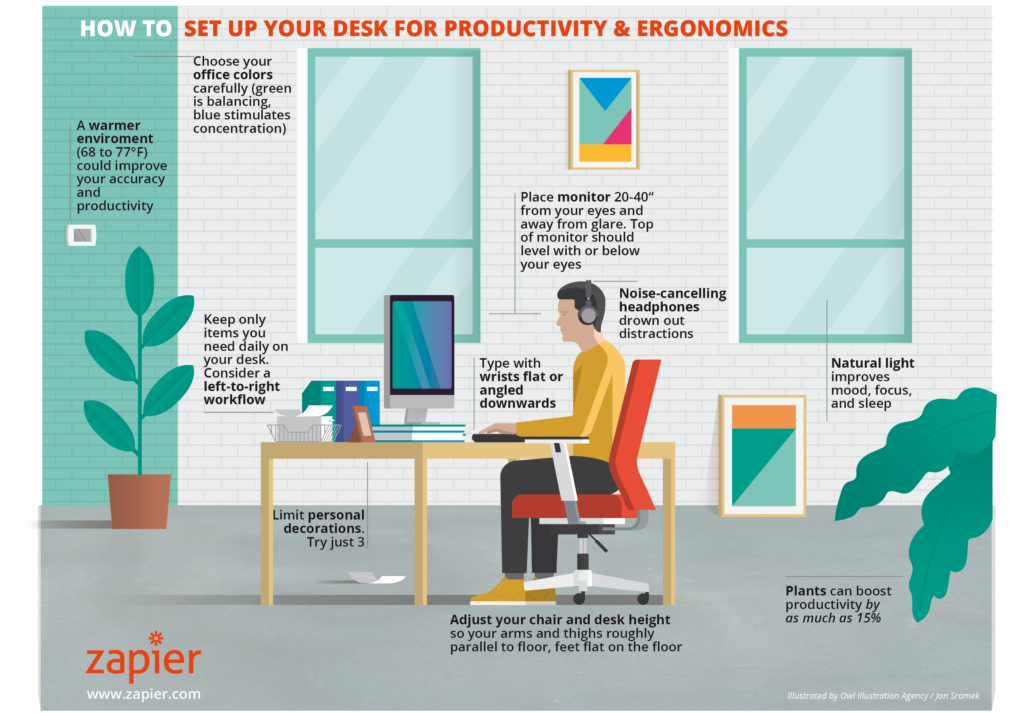
At St Columba, we are fortunate to have state of the art learning facilities that create a stimulating environment conducive to learning. The unprecedented global situation has meant that some of our students are now undertaking their learning remotely at home without the learning infrastructure and materials readily available at school.
We have compiled a quick guide on how to make do and best set up your learning space at home to inspire creativity, focus and productivity.
Functionality over Fancy
First and foremost, ensure that your child has a designated school space. It is tempting now that your child is not required to physically turn up to school, to conduct learning from bed or the couch. It is so important that this space is separate to places of rest and chilling out to ensure the student associates the space with class and learning.
Pretty desks are great for Instagram however, can be a distraction for learning. Try practising minimalism at the desk space. If there is too much clutter it creates stimuli for your child’s brain to constantly react and respond to. Keep the desk space simple with items that are used all the time.
Try enforcing a zero desktop habit similar to the zero inbox philosophy with emails. This means once a task or class is complete clearing your desk of everything does not need to be out.
Ergonomics
Having a space that is comfortable and practical is important. It is recommended that students practice good posture and take breaks for movement. Try to sit upright and tuck your chair in to support your back when you type. Ensure that elbows can rest easily upon your desk and there is an adequate workspace to spread out your materials.
Below is a diagram for desk ergonomics best practice from Zapier (Note 68-77 degrees Fahrenheit converts to 20-25 degrees Celsius).
Looking for inspiration?
Check out Year 7 student Aela’s learning space. We especially love the colours, the organisation and the little bit of greenery for inspiration (and the sloths, we love sloths!).

Lighting
Dim or harsh lighting in a learning space can cause eye strain, stress and fatigue. The best kind of lighting for learning is natural light. If this is not practical in your home, ensure your child is having regular breaks and exposure to daylight. This is important to maintain internal body clocks (circadian rhythms) which have impacts on energy levels and the quality of sleep.
In a 2013 study by the University of Stuttgart found that brightly light spaces encourage critical, analytical thinking while dimly lit rooms evoke a sense of freedom that is ideal for brainstorming.
Something extra
While it is encouraged to keep a clean and minimal learning space, plants are proven mood and focus enhancers. Plants increase the contentment we feel with our interior spaces, reduce stress, minimise anger and contribute to well-being. This can even be achieved by having your school space near a window that has a view of live greenery.
We would love to see photos of your remote learning space. You can stay connected and send these through to media@scas.nsw.edu.au. If you have any feedback or suggestions please contact info@scas.nsw.edu.au or use our Feedback Form.


